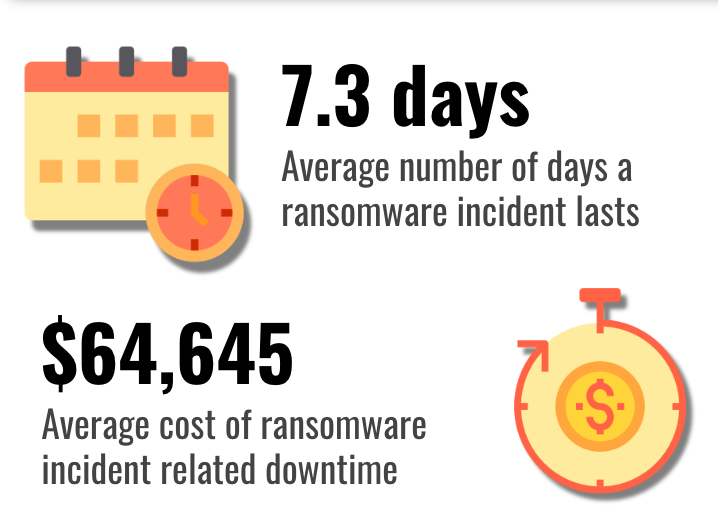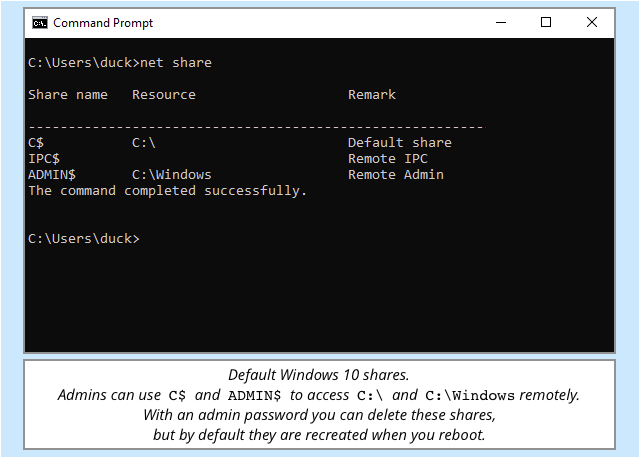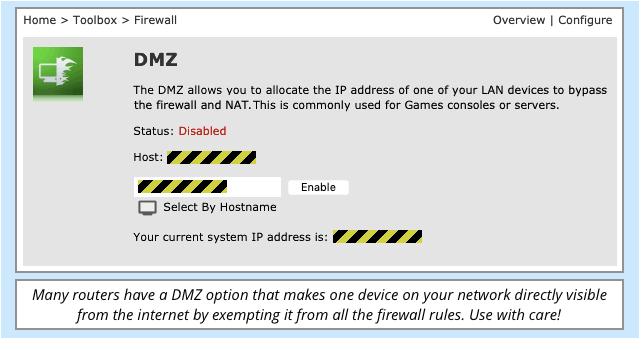The Cybersecurity Automation Paradox
Cybersecurity organizations face a chicken-and-egg conundrum when it comes to automation and the security skills gap. Automated systems stand to reduce many of the burdens weighing on understaffed security teams that struggle to recruit enough skilled workers. But at the same time, security teams find that a lack of automation expertise keeps them from getting the most out of cybersecurity automation.
A new study out this week from Ponemon Institute on behalf of DomainTools shows that most organizations today are placing bets on security automation. Approximately 79% of respondents either use automation currently or plan to do so in the near-term future.
For many, automation investments are justified to management as a way to beat back the effects of the cybersecurity skills gap that some industry pundits say has created a 3 million person shortfall in the industry. Close to half of the respondents to Ponemon’s study report that the inability to properly staff skilled security personnel has increased their organizations’ investments in cybersecurity automation.
Nevertheless, the fact remains that automation isn’t magical. It takes boots on the ground to roll out cybersecurity automation and true expertise at the helm of these tools to reap significant security benefits from them over the long haul. Ponemon’s study shows that 56% of organizations report a lack of in-house expertise is one of the biggest challenges impeding adoption of security automation. In fact, it was the No. 1 obstacle, named more frequently than legacy IT challenges, lack of budget, and interoperability issues.
Sentiments are relatively evenly split between those who think automation will cause a net increase, net decrease, or have no effect on headcount over time. However, those who think it’ll mean hiring more staff still have the plurality on that count — 40% of respondents say they’ll need to hire more people to support security automation.
In another report released by SANS Institute on security automation, SANS analyst Barbara Filkins warns that organizations must fight the misconception that automation is easy or quick to implement.
“Automation takes a tremendous amount of effort to arrive at the point where it makes things look easy,” Filkins writes. “Don’t underestimate the resources needed to define the processes — in the light of more effective tools — and close the semantic gaps in the data gathered.”
That study shows while automation is on the uptick at most organizations, only a scant 5.1% are at a high level of maturity with extensive automation of key security processes.
Part of the difficulty in assessing or measuring the level of automation maturity and its effect on the security industry is that experiences vary wildly. A huge chasm between the haves and have-nots of cybersecurity automation currently exists in the industry, explains Gartner’s Anton Chuvakin. On one end, he says, there are plenty of organizations that don’t even have the resources to run security automation, let alone effectively operationalize it.
“They do not have the people to install a tool and to keep it running. I’ve met people who say they don’t have time to install and configure a basic log management tool,” Chuvakin writes. “On the other edge of the chasm, we have organizations with resources to WRITE tools superior to many/most commercial tools.”
This chasm may impact the staffing equation to some degree, as more than likely it will precipitate the creation of more quality service providers to fill the gap in expertise for those organizations that simply do not have the staff to add more layers of complicated automation tools.
Related Content:
- DNS Hijacking Campaign Targets Organizations Globally
- New Hacker Group Behind ‘DNSpionage’ Attacks in Middle East
- Iranian Hacker Group Waging Widespread Espionage Campaign in Middle East
- 6 Reasons to Be Wary of Encryption in Your Enterprise
![]()
Join Dark Reading LIVE for two cybersecurity summits at Interop 2019. Learn from the industry’s most knowledgeable IT security experts. Check out the Interop agenda here.
Ericka Chickowski specializes in coverage of information technology and business innovation. She has focused on information security for the better part of a decade and regularly writes about the security industry as a contributor to Dark Reading. View Full Bio
Article source: https://www.darkreading.com/threat-intelligence/the-cybersecurity-automation-paradox/d/d-id/1334470?_mc=rss_x_drr_edt_aud_dr_x_x-rss-simple




